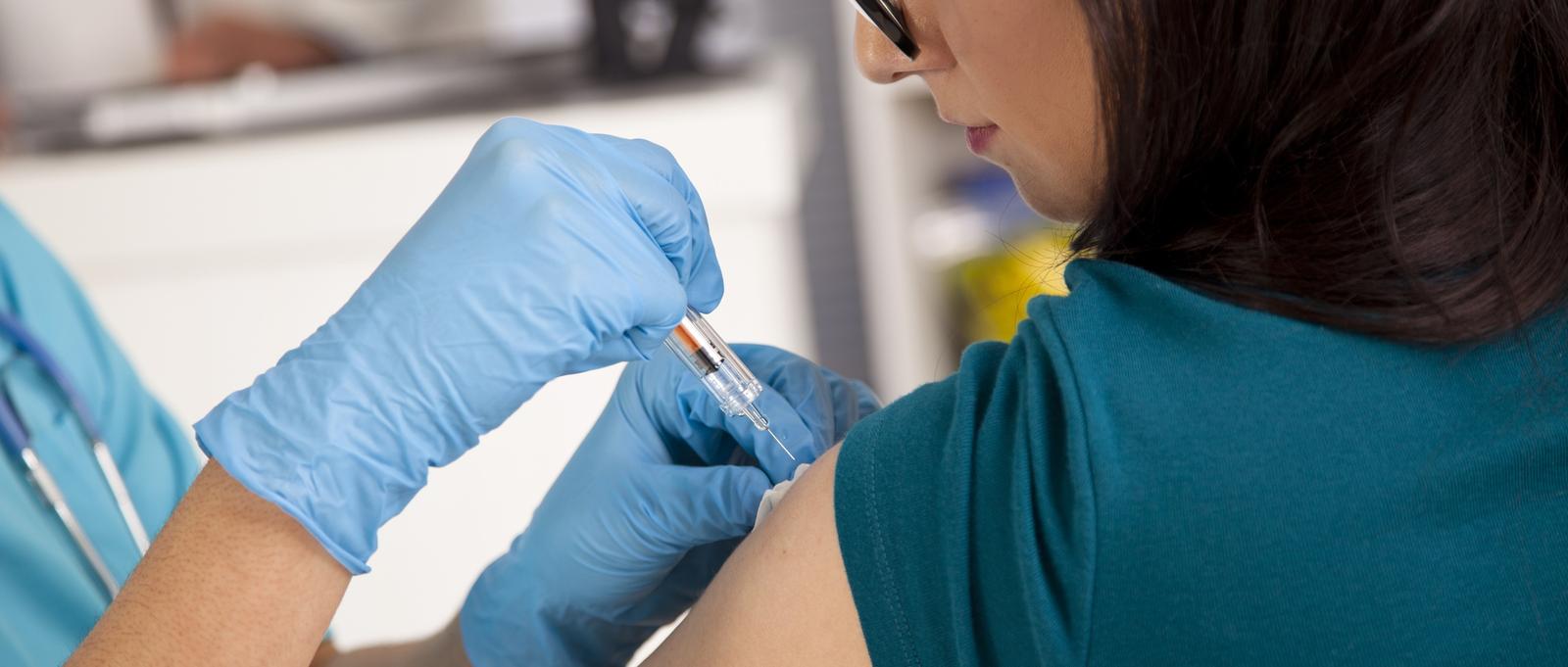
Meningitis symptoms checklist
Peer reviewed by Dr Helen Huins, MRCGPLast updated by Dr Mary Harding, MRCGPLast updated 24 Sept 2017
Meets Patient’s editorial guidelines
- DownloadDownload
- Share
- Language
- Discussion
The following are possible symptoms of meningitis or septicaemia. But note: not all symptoms may be present. For example, the classic symptoms of neck stiffness and rash may not occur. See below for other possible symptoms. If you suspect meningitis or septicaemia - get medical help immediately.
In this article:
Continue reading below
What are meningitis and septicaemia?
Meningitis is an inflammation of the lining that covers the brain and spinal cord (the meninges). It is usually caused by infection with germs (bacteria or viruses.)
Septicaemia (sepsis) is an infection of the blood with bacteria (blood poisoning). If bacteria multiply and release poisons (toxins) into the blood, it can cause serious illness.
Meningitis and septicaemia are separate diseases. However, the most common cause of bacterial meningitis (the meningococcus) often causes septicaemia at the same time. So a person with meningitis could have:
Symptoms and signs of meningitis (15 in 100 cases).
Symptoms and signs of septicaemia (25 in 100 cases, or one quarter).
Symptoms and signs of both meningitis and septicaemia (60 in 100 cases).
Meningitis can occur at any age but is most common in children and young people.
What are the symptoms and signs of meningitis and septicaemia?
In the early stages of meningitis and septicaemia, it is often difficult to distinguish these conditions from minor illnesses. This is because they may start with mild symptoms similar to other common infections. So it is important to know about the early warning symptoms which might suggest a more serious condition. It is also important to know the signs of serious illness and to know when an ambulance should be called.
Common early warning symptoms
Many children who are developing meningitis or septicaemia have nonspecific symptoms such as just feeling or looking generally unwell. These symptoms may include having a high temperature, being more tired than usual and feeling sick.
However, three symptoms that commonly develop early on - often before the more classic symptoms listed later - are:
Leg pains - which can become severe and prevent a child from standing or walking.
Cold hands or feet - even if the child has a high temperature.
Pale or mottled skin
Pale, dusky or blue colour of the skin around the lips.
Rash - commonly occurs but not always
A typical rash is common with meningococcal infection. The rash is red or purple. Small spots develop at first and may occur in groups anywhere on the body. They often grow to become blotchy and look like little bruises. One or two may develop at first but many may then appear in different parts of the body. Check all over the body for a rash. If skin is dark, it may be harder to spot the rash - check in lighter-skinned areas such as palms or soles.
PETECHIAL RASH

Purpuric Rash

The spots/blotches do not fade when pressed (unlike many other rashes). To check for this, place a clear glass firmly on one of the spots or blotches. If the spot/blotch does not fade and you can still see it through the glass, get medical help immediately.
Glass test for meningitis rash

Reproduced with permission from Meningitis Now.
Note: a rash does not occur in all cases of meningitis and septicaemia but can be quite characteristic when it does occur.
Other symptoms
Other symptoms that may occur in babies
These include:
Excessive crying - often high-pitched or moaning and different to their usual cry.
Fast breathing or unusual patterns of breathing.
A high temperature (fever) - but the baby may not look hot and the skin may look pale or blotchy, or turn blue. The hands and feet may feel cold. The baby may shiver.
Will not take feeds - sometimes repeatedly being sick (vomiting).
Being irritable - especially when picked up and handled.
Drowsiness or sleepiness - does not wake easily.
A bulging fontanelle sometimes develops. The fontanelle is the soft spot on a baby's head.
Jerky movements may occur and the body may appear stiff. Sometimes the opposite occurs and the body appears quite floppy. Fits (convulsions) sometimes develop.
Other symptoms that may occur in older children and adults
These include:
Fever and shivering - however, the hands and feet often feel cold.
Stiff neck - cannot bend the neck forward.
Headache - which can become severe.
Fast breathing.
Aches and pains in muscles or joints - the pains can become quite severe.
Not wanting to eat or drink.
The skin may look pale or blotchy, or turn blue.
Dislike of bright lights - will shut eyes and turn away from the light.
Drowsiness or confusion - may appear vacant.
Feeling sick or repeated vomiting. Sometimes tummy (abdominal) pain and diarrhoea.
Fits (convulsions).
The course of symptoms
The symptoms often develop quickly, over a few hours or so. The symptoms can occur in any order and not all may occur. Sometimes symptoms develop more slowly, over a few days. The symptoms may suggest a less serious illness at first. For example, fever, headaches, and vomiting are common with many viral illnesses such as flu. Therefore, even if you think it was flu to start with, if symptoms become worse then it may be meningitis or septicaemia.
Continue reading below
What should I do if I am worried it might be meningitis?
If your child has (or you have) any of these symptoms, speak to a doctor or nurse today. (Call your GP surgery, or - in the UK - dial 111, or talk to the out-of hours GP):
Getting more unwell.
Not drinking.
Passing less urine than usual.
Appearing dry (dehydrated). Signs of this include:
The soft spot on the baby's head (fontanelle) seeming to be sunken.
Dry mouth.
Sunken eyes.
Excessive drowsiness.
Temperature (fever) not getting better with paracetamol or ibuprofen, even for a little while.
Temperature of 39°C or more in a baby of 3 to 6 months.
If your child has (or you have) any of these symptoms, dial 999/112/911 and request an ambulance immediately:
Being difficult to wake up (unrousable).
Being floppy.
Pale, blue, or mottled skin
A weak, high-pitched or continual cry in a baby.
Difficulty breathing or grunting-type breathing.
Fits (convulsions).
Temperature of 38°C or more in a baby under 3 months old.
The soft spot on the baby's head (fontanelle) bulging out.
A new red/purple rash which has come on suddenly and does not fade when a glass tumbler is pressed against it.
Patient picks for Meningitis and sepsis

Infections
Do you need the meningitis vaccine?
If you’re in your late teens or early twenties, the chances are your doctor, school, parents, social media adverts or a load of leaflets at university have all suggested you have the meningitis vaccine - but do you really need it?
by Danny Chadburn

Infections
Should you and your family get the meningitis vaccination?
Meningitis is a serious condition, but it is not caused by one bug - bacteria, viruses and even fungi can lead to infection. Thankfully, there are meningitis vaccinations available.
by Danny Chadburn
Continue reading below
Article history
The information on this page is peer reviewed by qualified clinicians.
24 Sept 2017 | Latest version

Ask, share, connect.
Browse discussions, ask questions, and share experiences across hundreds of health topics.

Feeling unwell?
Assess your symptoms online for free
Sign up to the Patient newsletter
Your weekly dose of clear, trustworthy health advice - written to help you feel informed, confident and in control.
By subscribing you accept our Privacy Policy. You can unsubscribe at any time. We never sell your data.